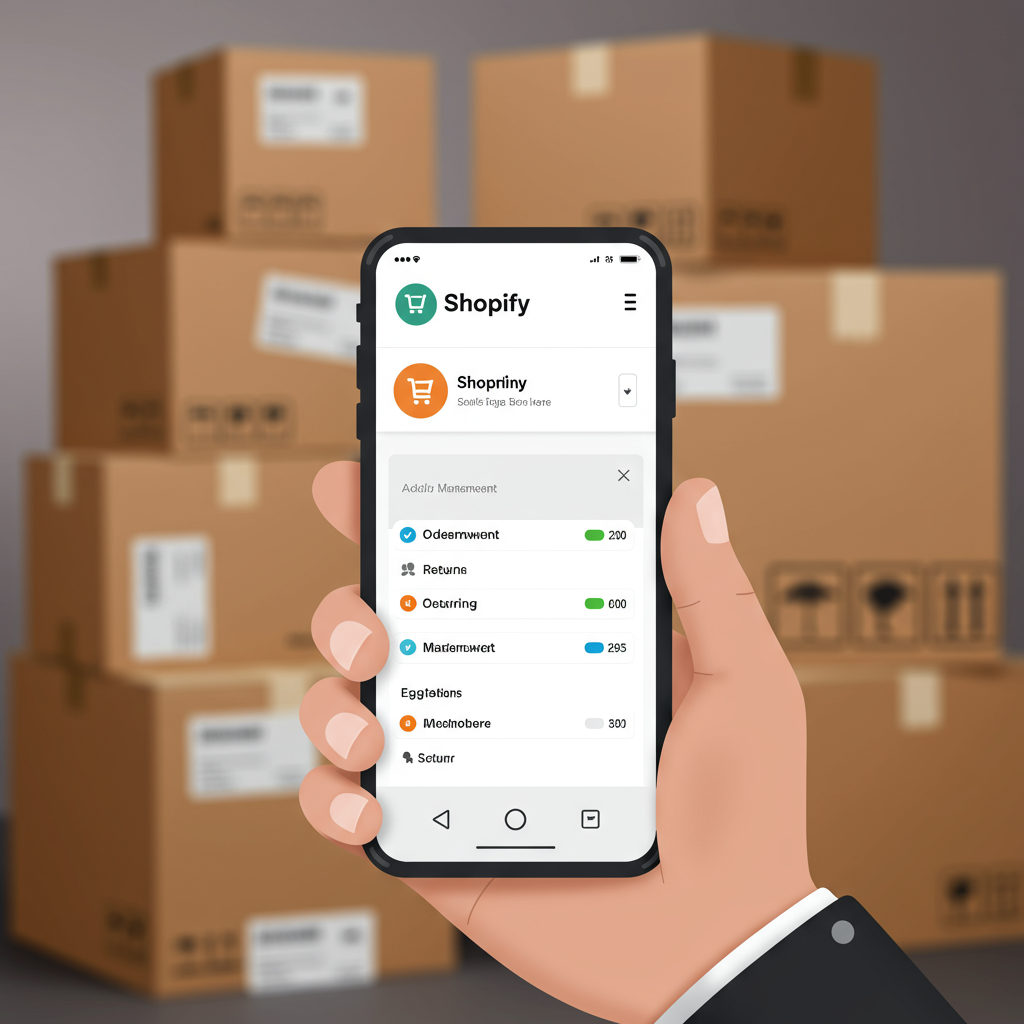Navigating the essential process of handling customer returns and issuing refunds efficiently on your Shopify store.
As a Shopify merchant, I know that dealing with refunds and returns is an inevitable part of running an online business. While it might seem like a hassle, I’ve learned that handling these processes efficiently and professionally can actually turn a potentially negative experience into a positive one for your customers.
My goal with this article is to walk you through the ins and outs of managing refunds and returns within Shopify, sharing my best practices and insights to help you streamline your operations and maintain customer satisfaction.
First, let’s acknowledge that a well-defined return policy is the cornerstone of a smooth refund process. I always advise my fellow merchants to have a clear, concise, and easily accessible policy on their Shopify store.
This policy should outline everything from the eligibility criteria for returns (e.g., condition of item, timeframe) to the steps customers need to follow, and who bears the cost of return shipping. Transparency here is key.
Shopify itself offers robust built-in features that make managing orders, including refunds and returns, quite straightforward. I find these tools incredibly helpful for keeping track of everything.
When a customer requests a return, my first step is always to review their order and the reason for the return. Is it a damaged item, a wrong size, or simply a change of mind? Understanding the ‘why’ helps me determine the best course of action.
Once I’ve approved a return, the actual refund process in Shopify is quite intuitive. I navigate to the specific order in my Shopify admin, and from there, I can initiate a refund.
Shopify gives me the option to issue a full refund or a partial refund. A full refund is typically for when the entire order is returned or canceled before fulfillment.
A partial refund, on the other hand, is useful for situations where only some items are returned, or if I’m offering a discount for a minor defect without requiring a return. I also use partial refunds if I need to deduct shipping costs or a restocking fee, as per my policy.
When I process a refund, Shopify automatically handles the transaction, sending the money back to the customer’s original payment method. This usually takes a few business days to reflect on their statement, and I always make sure to communicate this timeframe to the customer.
One crucial step I never forget is to restock the returned items. After issuing the refund, Shopify will prompt me to restock the items. This ensures my inventory levels are accurate, preventing overselling.
If the item is damaged or unsellable, I mark it as such and don’t restock it. This helps me keep track of inventory discrepancies and potential quality control issues.
Communication is paramount throughout the entire return process. I make sure to keep the customer informed at every stage: when I receive their return request, when I receive the item, and when the refund has been processed.
Shopify’s automated email notifications can help with this, but I often add a personal touch with a quick email to confirm receipt and processing. This builds trust and shows I value their business.
Handling return shipping can be a point of contention. My policy clearly states who is responsible for return shipping costs. For defective items, I usually cover the cost, often by providing a prepaid shipping label.
For buyer’s remorse, I typically require the customer to pay for return shipping. Shopify doesn’t directly generate return labels, but I use my shipping carrier’s portal to create and send them if I’m covering the cost.
For larger operations, or if I find myself overwhelmed with return requests, I’ve explored and recommend looking into Shopify apps designed specifically for returns management.
Apps like Returnly or Loop Returns can automate much of the process, from generating return labels to managing exchanges and even offering store credit options. They can significantly reduce manual workload.
Beyond just processing returns, I also focus on preventing them where possible. This involves providing extremely detailed product descriptions, high-quality images, and accurate sizing charts.
Customer reviews, especially those with photos, can also help potential buyers make informed decisions, reducing the likelihood of returns due to unmet expectations.
I also pay close attention to the reasons customers give for returns. If I see a recurring issue – for example, a particular item consistently being returned for sizing issues – it signals that I need to update my product description or sizing guide for that item.
From a financial perspective, I always factor returns into my business planning. They impact cash flow and inventory value. Understanding my return rate helps me forecast more accurately.
It’s also important to remember that a smooth return experience can lead to repeat business. A customer who has a positive experience with a return is more likely to shop with you again, even if the initial purchase didn’t work out.
I view returns not as a loss, but as an opportunity to reinforce customer loyalty and gather valuable feedback about my products and processes.
So, that’s my approach to handling Shopify refunds and returns. I hope my insights have been helpful for you as a fellow merchant.
What do you think about this article? Do you have any tips or strategies that have worked particularly well for your Shopify store? I’d love to hear your thoughts.
In conclusion, mastering the art of refunds and returns on Shopify is about combining efficient use of the platform’s tools with clear communication and a customer-centric mindset.
By doing so, you can transform a potentially negative interaction into a positive brand experience, ultimately contributing to the long-term success of your online business.






